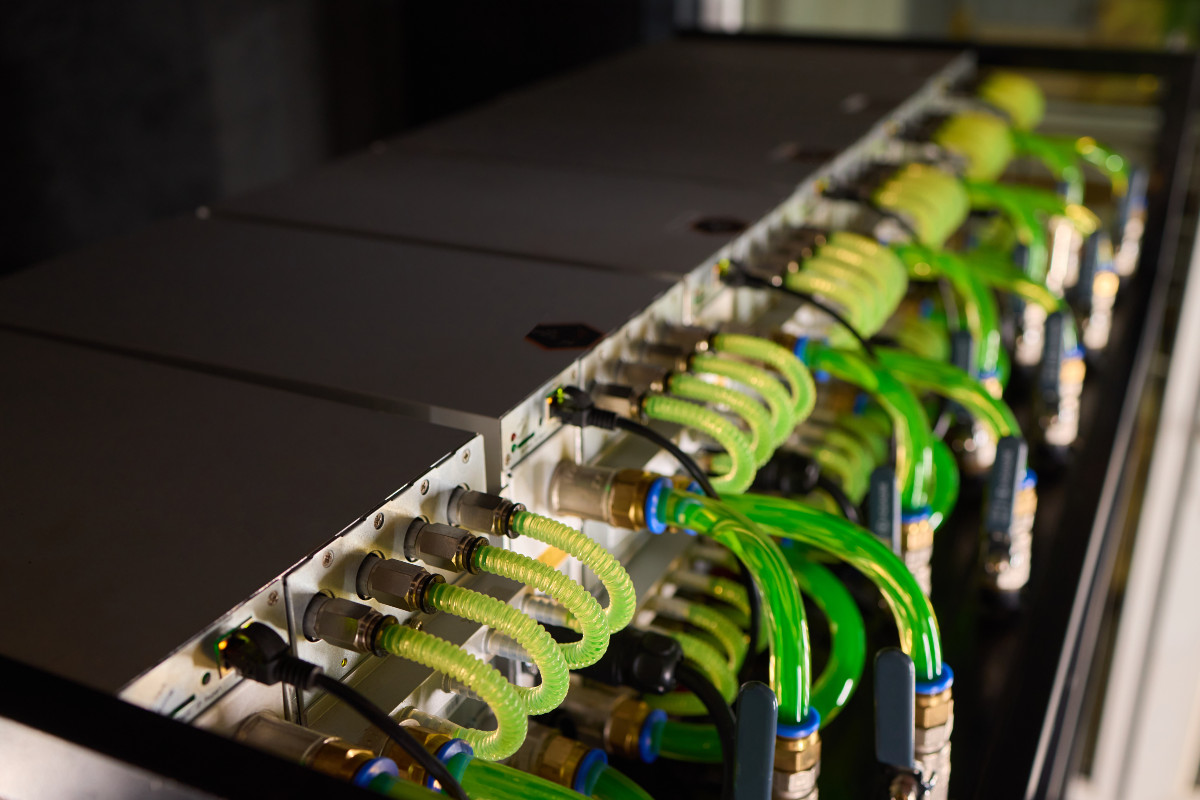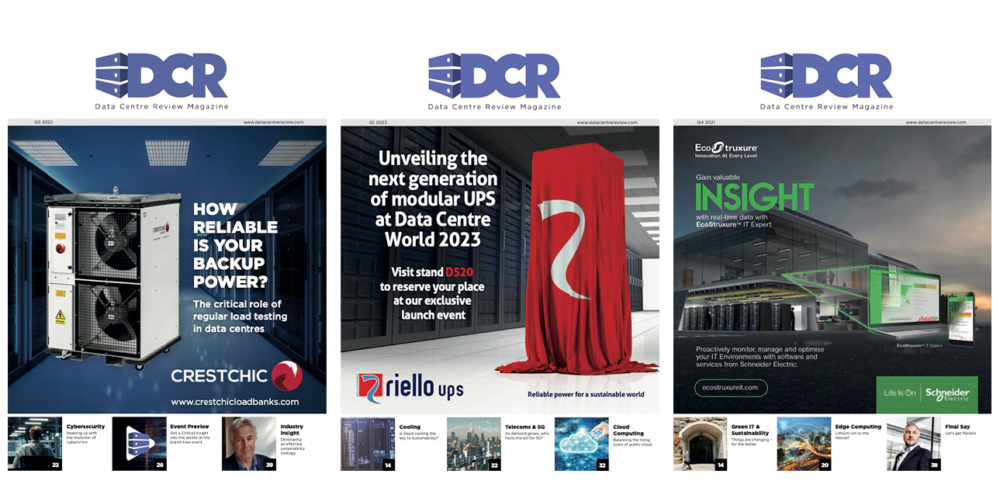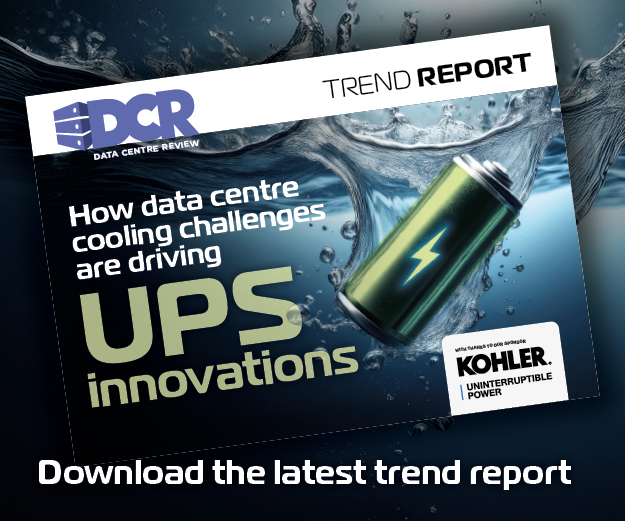Stephanie Buschmann, Corporate Account Manager, Global Data Centres at Ecolab, explains how water-centric, instrumented liquid cooling – from clean commissioning to chemistry control – can unlock density while improving PUE and WUE.
When I began my career in industrial water systems, the heat we worried about typically came from boilers, turbines or heavy manufacturing lines. Today, I spend much of my time thinking about kilowatts per rack. The thermal challenge in data centres is no longer incidental; it is central to how operators plan capacity, protect assets, and meet sustainability commitments.
AI has changed the equation. Where a rack once might have drawn 5-10 kW, modern GPU-dense racks routinely operate an order of magnitude higher. That rising power density is driving both thermal constraints and tough choices about how to cool effectively and efficiently. The result is that the cooling strategy now sits alongside IT and facilities in conversations about business continuity and capital planning.
Why water matters and why it must be managed
Water is an excellent heat-transfer medium. Used intentionally via closed loops, high-efficiency heat exchangers and targeted rack-level cooling, it enables thermal density without the massive energy penalty of relying solely on over-air-cooling the room. But water also introduces complexity: fluid concentration, contamination, corrosion and microbiological growth are operational risks when coolant passes within millimetres of high-value AI chips.
Two industry facts frame the urgency. Today, US data centres already account for roughly 4% of national electricity usage, with authoritative forecasts pointing toward materially higher shares as AI workloads scale. And where energy grows, so can water demand – unless operators design systems to minimise consumptive loss and maximise reuse.
So, what does practical, engineering-led water stewardship look like in a modern data centre?
1) Treat the coolant loop like a process plant, from day one
Too many projects treat loop cleanliness as a commissioning afterthought. In liquid-cooled deployments, cleanliness is foundational. Pre-commission flushing, particulate control and hydrotesting protocols reduce the very real risk of particulates lodging in sub-millimetre cold-plate channels.
Co-authored with Ecolab, the Open Compute Project’s recent guidance on thermal control system pre-commissioning details this approach including staged filtration, documented flush procedures and verification sampling (OCP TCS Pre-Commissioning Guide).
From an engineering perspective, insist on a documented ‘procedure water’ spec for all fills and acceptance tests, and require a sign-off on conductivity, turbidity and visible clarity before handing over to IT. It’s generally less expensive to trap and remove welding debris or minerals in a temporary flushing skid than to recover a clogged cold plate in a live rack.
2) Instrument early, instrument often
Real-time visibility will change the operational math. And temperature alone is not enough. The telemetry that matters for fluid health includes coolant concentration, pH, electrical conductivity, dissolved oxygen, flow, and turbidity. The good news is, continuous data helps operators detect slow drifts such as rising conductivity (which signals salt creep), or subtle turbidity spikes that can precede a clogged loop.
In the end, this is not about replacing lab analysis, but more about turning lab checks from occasional confirmations into continuous triggers for action. The vital combination of real-time edge sensors and periodic lab validation provides both speed and accuracy to support optimal performance.
3) Mind materials compatibility and the biology problem
There’s no getting around it: Fluids interact with metallurgy, gaskets and coatings. That’s why it’s critical to specify materials that are proven compatible with your coolant chemistry and validate component compatibility in advance.
Similarly, microbes love warm, low-flow niches. A single ‘dead leg’ of piping can seed a biofilm that compromises heat transfer and corrodes components. Be sure to eliminate dead legs, maintain adequate flow velocities during commissioning, and ensure biocide strategies are documented and reversible where environmental discharge rules apply.
4) Think in systems, not silos: integrate cooling with energy and operational planning
Liquid cooling changes the load profile of existing chillers, cooling towers, and heat rejection systems. Treat the rack-level loop and the facility-level loop as a single system (rather than two separate components) in capacity planning.
Ultimately, what you do at the chip affects pump sizing, bypass valves, and heat exchanger selection upstream. This holistic view also reveals opportunities to reuse heat or leverage free-cooling windows to lower both energy and water footprints.
Cooling as competitive advantage
For operators, the upside is clear and tangible. Well-designed and maintained liquid cooling can help unlock higher rack density, reduce chiller capacity, extend equipment life, and improve PUE and WUE metrics. That said, the technical bar is high: success depends on engineering disciplines that many data centre ops teams are still building including water chemistry, microbiology, filtration design and real-time instrumentation.
If cooling is a strategic lever, you have to treat it like one. Work with experienced vendor partners that offer appropriate levels of expertise, codify commissioning and monitoring practices, and measure water as precisely as you measure power. With these strategies in place, cooling will stop being a constraint and start delivering value.



